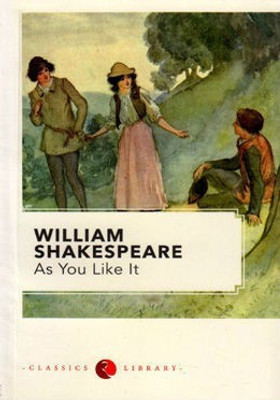
A Text-Book of Materia Medica and Therapeutics, Characteristic, Analytical and Comparative; By A. C. Cowperthwaite (English, Paperback, Cowperthwaite Allen Corson)
Price: Not Available
Currently Unavailable
Highlights
- Language: English
- Binding: Paperback
- Publisher: General Books
- ISBN: 9781151228284, 1151228281
- Edition: 2009
- Pages: 282
Description
This historic book may have numerous typos, missing text, images, or index. Purchasers can download a free scanned copy of the original book (without typos) from the publisher. 1909. Not illustrated. Excerpt: ... BADIAGA. Synonym.--Spongilla Fluviatilis. Spongia Palustris. Common name.--Fresh-water Sponge. Russian name.--Badiaga. Habitat--A protozoon, found in ponds and slow-flowing streams. Preparation.--Tincture or trituration from the dried sponge. GENERAL ANALYSIS. Hahnemann considered Uadiaga an antipsoric, which might well be expected from the character of its constituents, --lime, silica and alumina. It acts upon the blood producing conditions analogous to those resulting from scrofula and also has many points of similarity with its nearest relative, the Spongia Officinalis. CHARACTERISTIC SYMPTOMS. Head.--Headache from 2 P.m., with slight aching pains in the posterior portions of both eyeballs, and in the temples. During the day more or less headache, with pains in the eyeballs (Cimic, Spig.); worse in the left; more from 1 P.m. to 7 P.m. Pain in temples and eyeballs; from eyeballs to temples. Excess of dandruff (Canth., Mez.), or dry tetterlike appearance of the scalp, with slight itching. Scalp sore to touch, with tetter-like eruption on forehead. Eyes.--Bluish-purple margin of the eyelids, and blue under the eyes. Scrofulous inflammation of the eyes, with hardening of the Meibomian glands (Graph., Sulph.). Severe pain in left eyeball and temple. Headache extending into the eyeballs (Cimic. Spig.). Left eyeball quite sore, even when closing it tightly. Severe intermittent pain in posterior portion of right eyeball. Ears.--Slight shocks heard in the ear, as if very distant artillery; afternoons. Nose.--Profuse coryza, mostly from the left nostril; worse in afternoons and evening; with sneezing. Face.--On forehead; tetter-like eruption. Pale, ashy or lead color of the face. Stiffness in the maxillary joints. Mouth.--Mouth and breath hot and feverish, with..
Read More
Specifications
Book Details
| Imprint |
|
| Publication Year |
|
Dimensions
| Width |
|
| Height |
|
| Length |
|
| Weight |
|
Be the first to ask about this product
Safe and Secure Payments.Easy returns.100% Authentic products.
Back to top






